A guide to the Bulls' new drop defense
Why they're switching to drop coverage, how it's better, and how it's also worse
The Bulls made a major strategic change this offseason, shifting from an aggressive blitz-heavy base defense to a more conservative drop scheme to combat pick-and-rolls. The move was met with almost universal praise from players and fans alike. Some of that excitement is warranted, but drop defense is not without its flaws either.
I’m here to tell you what exactly a drop is, how it differs from a blitz, why the change might be good, and why it may be worse in some ways too.
I wrote a guide to blitzing defenses last year for The Athletic, and you can check out that heavy version here. For the purposes of this story, we will give an extremely condensed snippet. A blitz brings two defenders to the ball on a pick-and-roll to try and force a pass or a turnover, like so.
Bringing two to the ball leaves the back of the defense at a disadvantage, but it does force the ball out of a good pick-and-roll ballhandler’s hands. It’s a high-risk, high reward strategy that is popular against killer point guards like Steph Curry and Damian Lillard.
Drop defenses are more conservative. They keep the big man below the level of the screen on pick-and-rolls. The defensive big sags down to prevent a layup and leaves an open area, conceding midrange shots. The obvious benefit of drops is that it keeps defensive bigs positioned near the basket, where they can protect the rim.
These defenses differ mainly in where the big man is positioned (high or low), and it’s important to keep in mind that neither is inherently better than the other.
The most important aspect of any game plan regardless of what strategy a coach chooses is to have solid execution, and the Bulls have been lacking there so far.
At the risk of repeating myself, drop defenses are designed to take away shots at the rim and encourage midrange shots. However, the Bulls forced the second-fewest amount of midrangers in the preseason and allowed a ton of shots at the rim and 3’s. Much of their struggles were due to a fundamental weakness of all drops.
There is no perfect way to guard a pick-and-roll against every type of situation. One of the problems with a drop defense is that it can be exploited by guards who are great pull up 3-point shooters (For more detail, read Mike Prada on Damian Lillard throttling drop defenses).
Another weakness that the Bulls saw firsthand is that drops are extremely vulnerable to big men who can pop out to the perimeter and shoot. The defensive big is so far back in drop coverages that it is difficult to recover to the 3-point line.
The Bulls happened to face some of these types of shooting big men against the Rockets and Thunder, and they got summarily roasted from 3. Al Horford, Mike Muscala, Demarcus Cousins, and Bruno Caboclo popped out constantly against the Bulls’ drop and combined to hit 19-of-34 3’s, which adds up to 56 percent on big volume. It’s pretty glaring on film how they took advantage of the Bulls’ drop.
There are some things that the Bulls can do better to contest these types of bad matchups against their base coverage. Billy Donovan addressed one after the team’s final preseason game, indicating the need for more peel back switches from his guards.
“There was a couple times that we needed to, what I would call late switch it, where the big is getting dragged to the basket. There’s no chance for him to get back to his man and he calls off the coverage and the guard’s got to peel back and take the big. We missed that twice.”
Let’s break that down into plain English, with some examples, to show how a peel back switch can be a useful weapon against big men like Horford who can shoot well.
When Wendell Carter is dropped so far down to protect against drives, he essentially has no chance of contesting a pop out to 3 from Horford. At that point, some emergency measures should take place. When Zach LaVine can see the back of the ballhandler’s jersey, he is supposed to “peel back” and switch onto the popping big.
“You’re going to be put into binds in NBA games and you gotta have some counter things that you can go to,” Donovan said after the Bulls concluded their preseason. “We had started working on it the other day. We still need a lot more work on it.”
Communication is the key to successfully executing peel back switches. According to Donovan, that is the area they need to focus on.
“The big has gotta call off the coverage, and basically have the guard run back to [the shooting big]. We did not communicate well enough in a couple of those situations. I’m not happy that it happened tonight, but it’s good for us to show those guys on film so we can get better at the technique on doing that.”
Another tactic to combat against popping bigs is to use a good stunt. A cardinal rule of team defense is to avoid helping one pass away if possible. Defenders can get around this by feigning as if they are coming over to help while staying attached to their own man. Here’s an example of a good stunt from this year’s NBA Finals.
The Bulls did try to implement some stunting against their opponents, but it was totally ineffective because it was done with such low effort. The power of stunting comes from distracting and confusing shooters. When defenders are simply going through the motions to stunt, as Lauri Markkanen did here, it accomplishes nothing.
If the Bulls are going to be successful in a drop defense, they have to master the concepts of peel back switches and stunts. But that by itself still isn’t enough to have an elite defense. They have to be willing to mix up coverages too. Orlando Magic coach Steve Clifford said it best in his pregame availability a few days ago.
“You can’t just drop,” Clifford said. “We have to be able to blitz and play our way out of it. Unless you have incredible talent, I don’t think you can just have one pick and roll coverage any more.”
Donovan has echoed this exact sentiment in the past before. He had his Thunder team playing multiple different types of coverages every year.
“I think that you can’t necessarily have one defense that you have and say, ‘OK, this defense is going to carry us all the way through,’ because you’re going to play against personnel that is going to create challenges and problems for that coverage,” Donovan told Erik Horne of The Athletic last year. “We’ve got to have multiple coverages.”
Donovan has shown a willingness to mix it up with the Bulls already. He had them playing a lot more zone in their last preseason game.
“We gotta have [zone] as something we can fall back on and change momentum of the game,” Donovan explained.
The biggest problem with Jim Boylen’s blitz-heavy defense was in its rigidity. It was actually pretty effective overall, but it was worst in the league in clutch situations when it mattered because it was predictable, which is a death knell in the NBA. The Milwaukee Bucks faced a similar situation as an elite drop defense in the playoffs (Supplemental reading: Bucks Film Room on drop defense). Coach Mike Budenholzer was unwilling to mix it up, and they were picked apart by the Miami Heat’s adjustments to it over their five-game series.
If things go to plan, the Bulls’ biggest defensive strength may be in their versatility. They have already proven that they are capable of playing a blitzing style pretty well. Now they must master drops. They’re a long way away, but if they can play multiple styles, then they have a chance to be great defensively both in the regular season and playoffs.
----
My stories are going to be totally free this year. Click the link above to subscribe if you’d like to be alerted when a new one comes out. You can also follow me for extra tidbits on Twitter.
If you liked this one, please consider donating. All one-off donations through Venmo at Stephen-Noh-1 are appreciated. Read for free, pay whatever you want! No donation is too small.

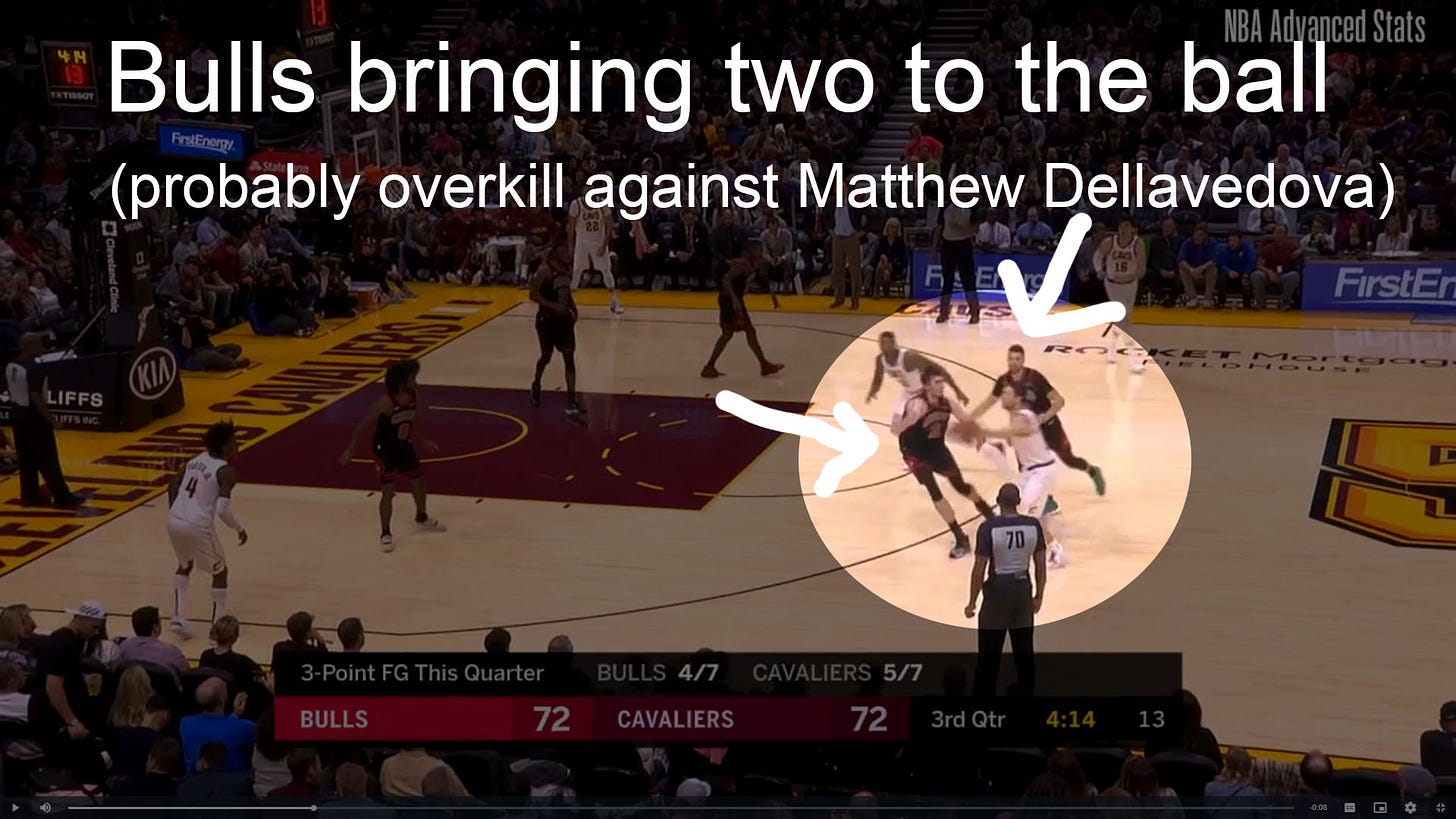
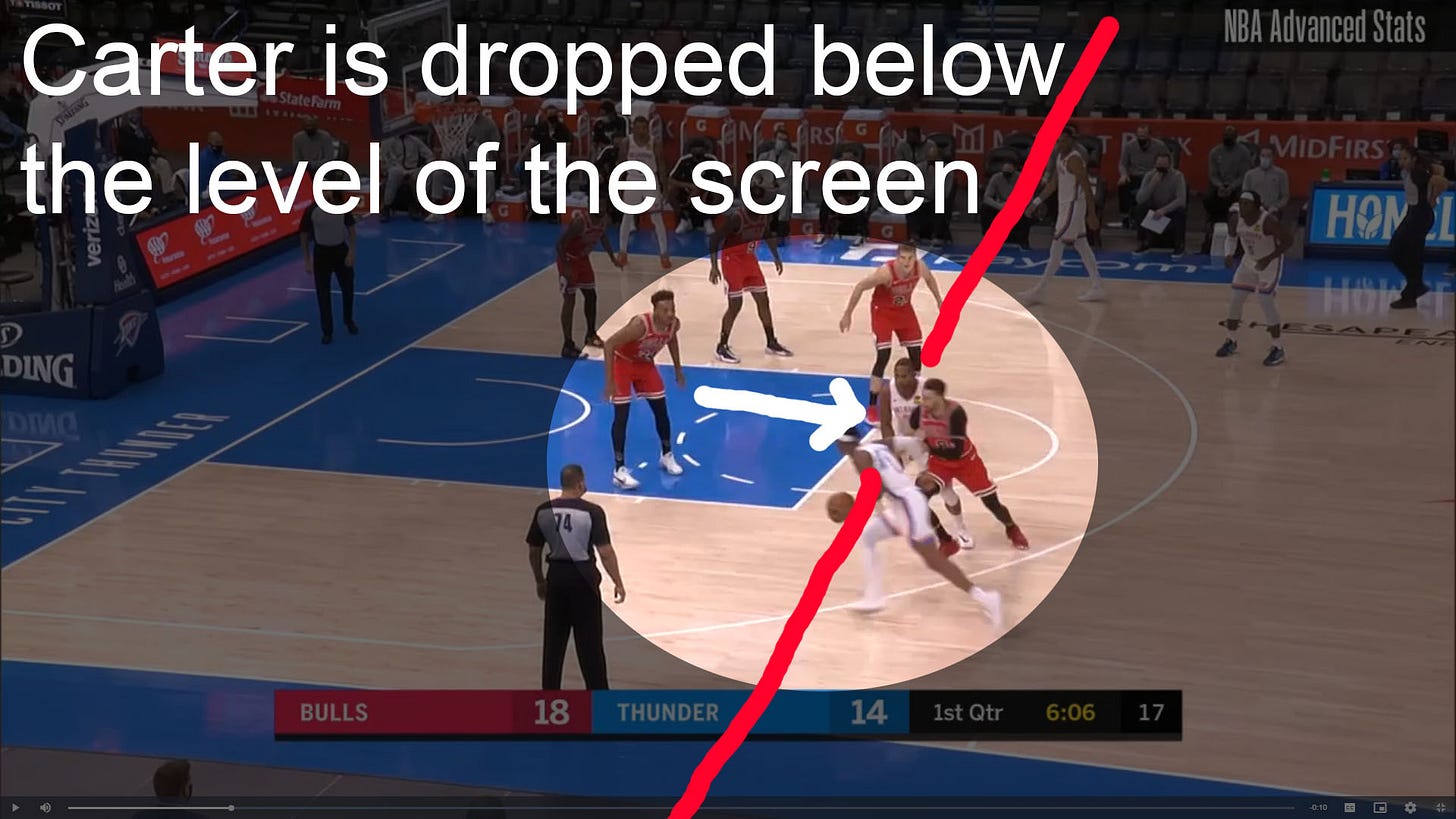
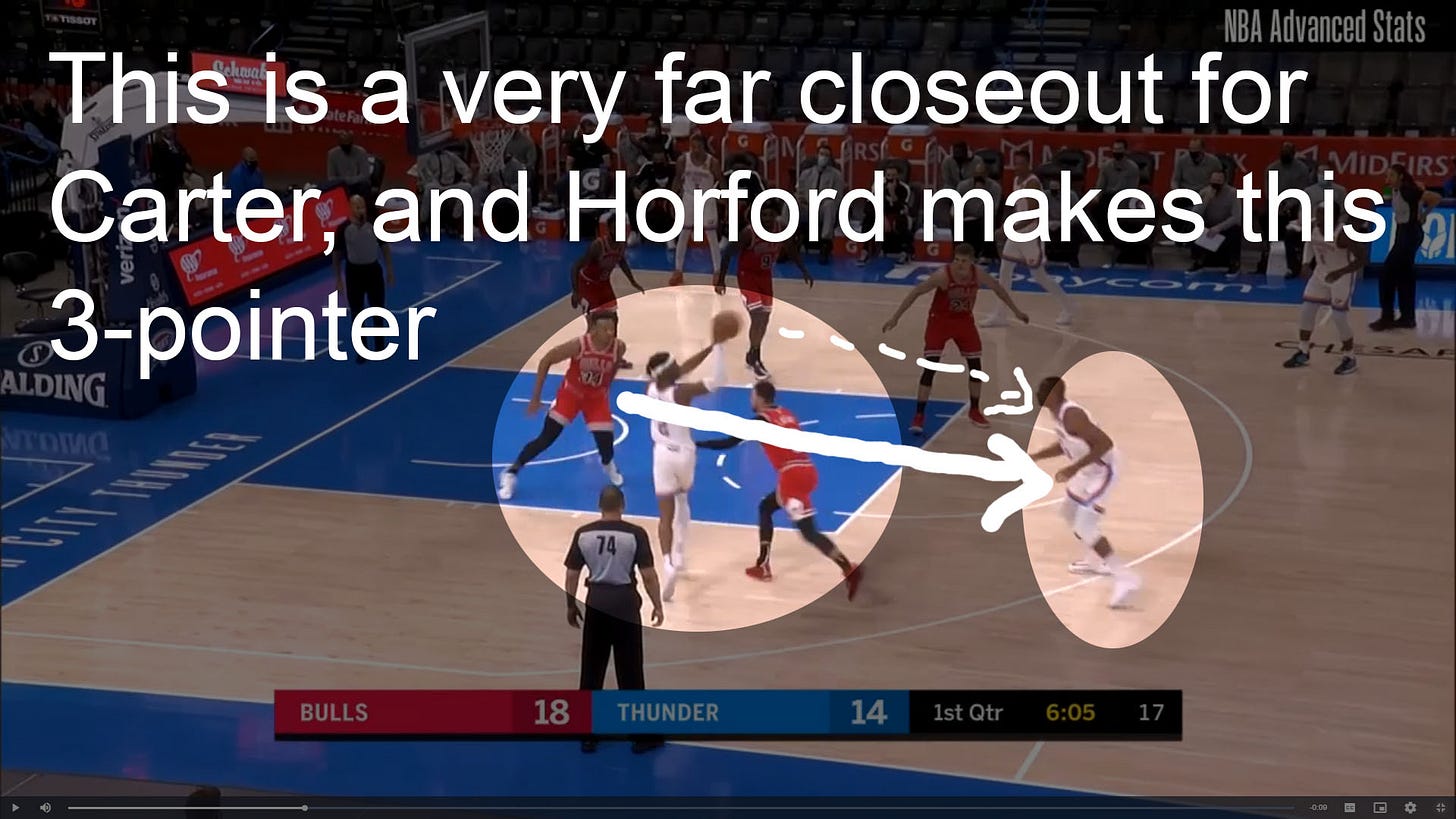
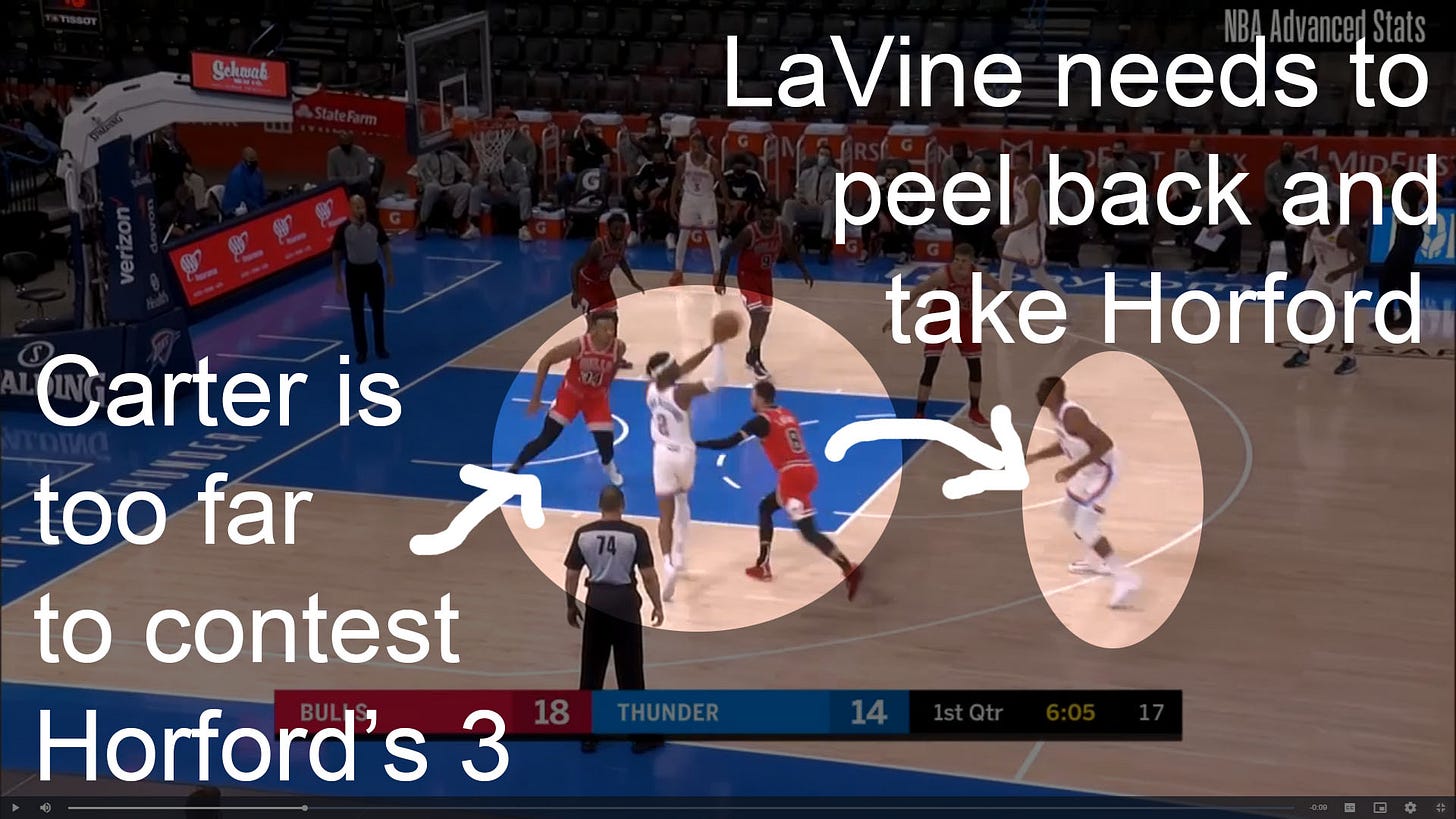
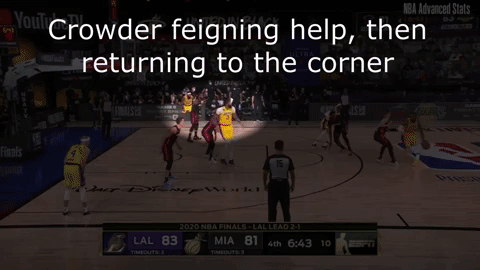
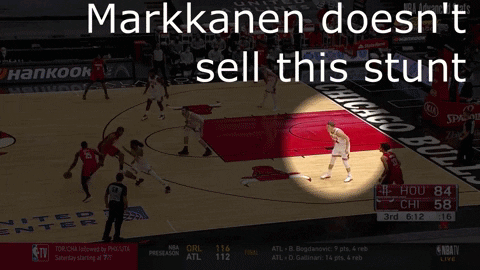
Super helpful information! Maybe a future article can break down some of the new offensive concepts in a similar manner? This is all very helpful to huge fans like me who never played the game at a high-coached level and would love to have a more in-depth understanding of what we are seeing each game on the court.
Maybe you could drop some knowledge on how they are using Carter as a facilitator or how they are generating easier baskets/shots with movement/cuts? It definitely feels from the preseason like they are getting many easier buckets in the half court offense than last year but it would be great to learn more about the offensive philosophy that creates them.
That was a really informative writeup Steven, not just on the Bulls but on drop coverage overall. As someone who isn't as much of a student of the game as I could or should be, I think I understand drop coverage a lot better now.
I know there were some lapses by Zach on the team defense reads, but would you say that so far he has shown improvement on that end of the ball this preseason?